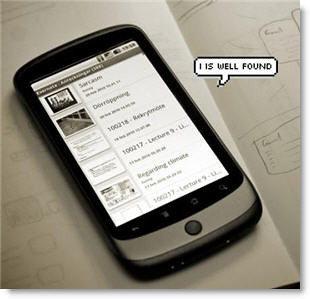IANS File Photo
Agartala, (IANS): The Indian Patent Office recently granted a patent to Assam based scientist Sanjib Kumar Paul who developed a health and environment friendly edible coating for prolonged shelf life of fruits and vegetables which is expected to help millions of farmers and consumers.
The patent entitled "Copper (Nanosized)-Chitosan-Menthol Edible Conglomerate Enrobe for Prolonged Shelf-Life of Climacteric Fruit" was accorded for a term of 20 years in accordance with the provisions of the Patents Act, 1970.
Paul, currently working as a scientist at the Hyderabad based central government owned Indian Institute of Chemical Technology, made the invention after studying for six years at the Department of Agricultural Engineering under the Triguna Sen School of Technology at southern Assam's Silchar based Assam University.
He said that India is the third largest producer of fruits and vegetables after China and the USA, but unfortunately due to various reasons including lack of proper marketing and preservation, 50 per cent of the climacteric fruit (those fruits and vegetables which ripen in a short span of time) gets wasted.
The 34-year-old scientist said that it was found that there are not sufficient warehouses with proper storage mechanisms and there are not sufficient fruit processing techniques at the community level leading to the wastage of enormous quantities of fruits and vegetables in the rural and semi-urban areas across the country.
According to Paul, the climacteric fruits and vegetables' respiration rate is very high and quickly deteriorates.
Fruits and vegetables being perishable crops rot due to lack of proper storage and transportation leading to huge losses.
"Considering the huge quantities of fruits and vegetables getting wasted, affecting the economy of both the farmers and the country, we started studies in 2012 to provide a lengthy shelf life to the climacteric fruits and vegetables.
"We used tomatoes as our study sample. Our target was to give at least a 30-day window in between the production and consumption," he told IANS.
Paul said: "After a long study and considering all pertinent aspects, we found that a combination of Chitosan (Polysaccharide), copper (nano-sized) and menthol could be an appropriate healthy and user friendly edible coating for at least 28 days shelf life of the fruits and vegetables."
All the ingredients of the proposed coating - Chitosan, copper and menthol are easily available everywhere, he said.
A resident of Dhubri district of western Assam, Paul, who completed his post-graduation in Food Processing Technology from Tezpur University in 2010, said that the coating of the mixture of Chitosan, copper and menthol would slow down the ripening rate of the climacteric fruits and vegetables with antimicrobial effect leading to an increase in their shelf life.
The scientist said that now the industry sectors can apply the simple newly developed technology for preserving the climacteric fruits and vegetables after taking a license from Assam University, which owns the invention.
Paul had carried out the study under the supervision of Laxmi Narayan Sethi, Sudipto Sarkar and Sujit Kumar Ghosh of Assam University.
The varsity's Internal Quality Assurance Cell Director Piyush Pandey highly appreciated the study and getting the patent from the government of India.
"Northeast region of India is mostly an agriculture based economy and a biodiversity hotspot. A huge variety of fruits and vegetables are produced both in plains and hills across the region. Proper protection of these fruits and vegetables would be beneficial for both the farmers and traders besides the consumers," said Paul.
The scientist is now doing studies on a few other aspects including how to utilise the funds under Corporate Social Responsibility (CSR) schemes of various public sector undertakings in research and development.
 IANS Photo
IANS Photo





